Here’s what you need to know before you click “buy"
1 / Jito Bundles are a feature provided by Jito Labs that enables sequential and atomic execution of multiple transactions on the Solana blockchain.
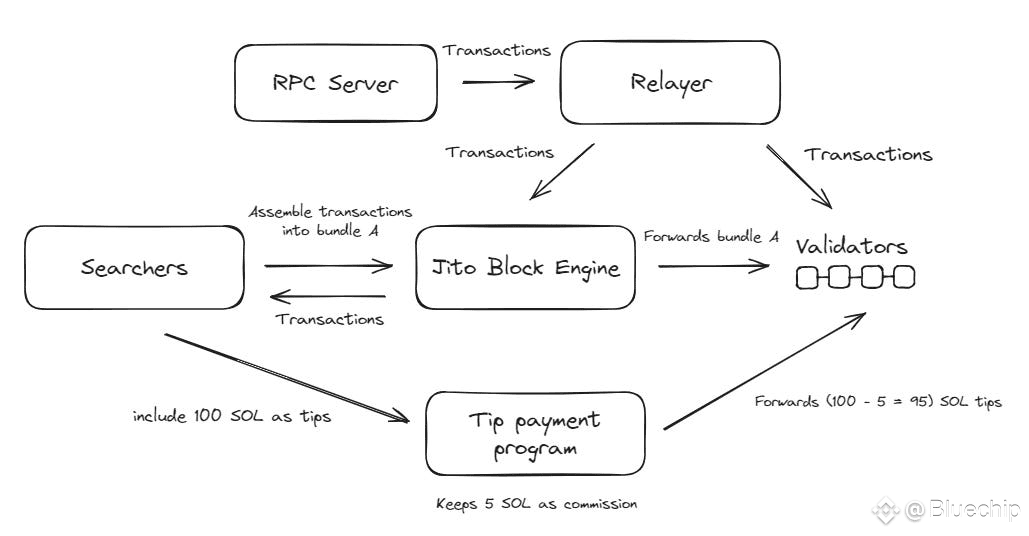
2 / Some devs abuse Jito bundles to send all tokens privately to their own wallet before launch — bypassing public visibility.
This lets them hold 100% of supply before anyone can buy, then instantly list + dump on you.
3 / Don’t rely solely on the bubblemap to check if holders are connected. It’s a useful tool, but it doesn’t always show the full picture.
Bubblemaps only show wallet connections if those wallets still hold tokens in the same address.
4 / So, for example: If a wallet buys 20% of the supply but then splits it across multiple wallets, once that original wallet holds zero, it disappears from the bubblemap — along with any visual link to the wallets it fed.
Also, notice how some bubbles are the exact same size?
That usually means they hold equal amounts of tokens, often a sign of distribution from a single source.
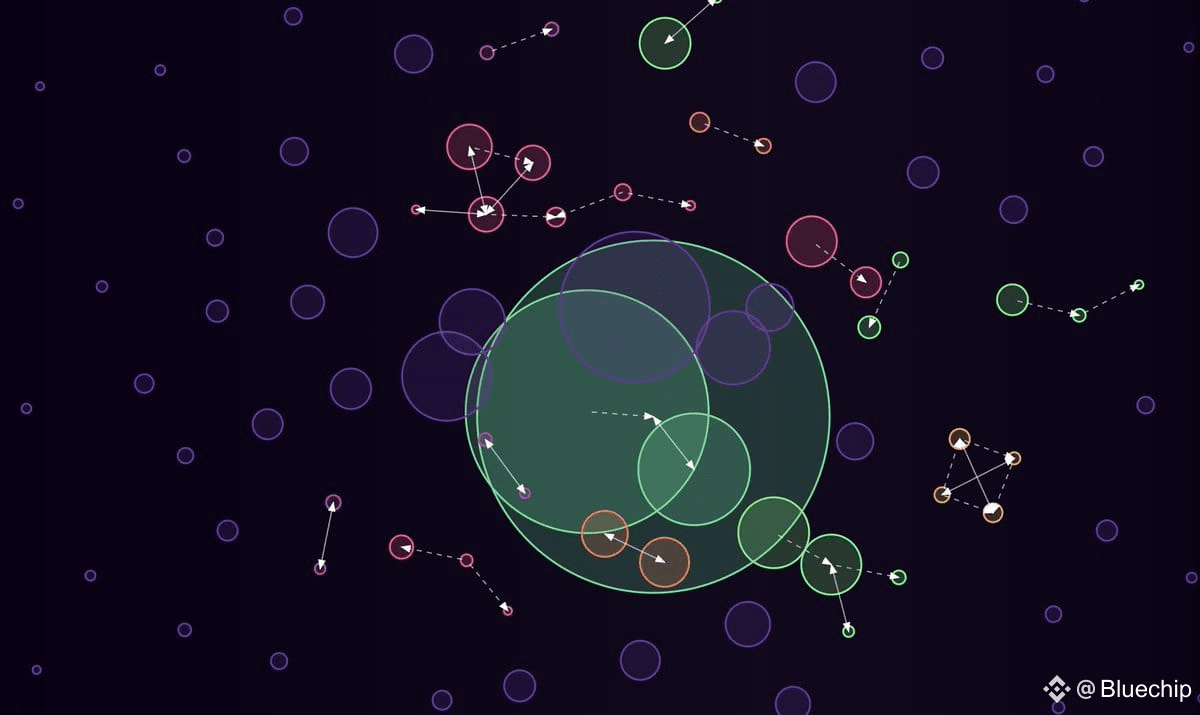
5 / So instead, watch for this:
When devs spread the supply across wallets, they often distribute it evenly.
You’ll usually see multiple wallets holding the exact same amount of tokens, a clear sign they came from the same source.
Here's the clean version:
6 / Next: check the chart using 1-minute candles, or even 15-second candles if possible.
If you see a massive green candle right at launch, that usually means most of the supply was sniped instantly in that single moment.
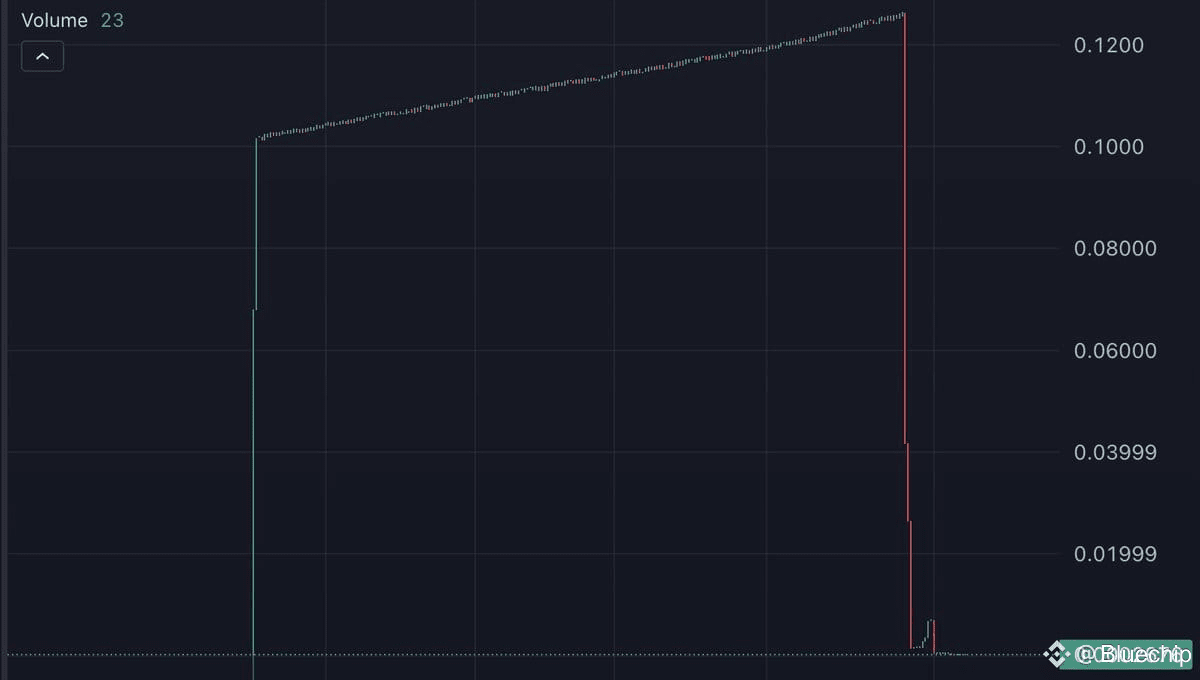
7 / That one candle — in this case, a 1-minute candle — shows that the majority of the supply was bought within that single minute.
It might’ve been multiple wallets, but in most cases I’ve seen, it's usually 1 or 2 wallets that snipe a huge portion and then spread it across others.
Why doesn’t that wallet show on the bubblemap?
Because it completely offloaded its tokens — once a wallet holds zero, it no longer appears as a holder.
And when that happens, the wallets it distributed to aren’t shown as connected anymore.
8 / Use the “Snipers” tab on Dexscreener.
Tap “Unrealized” to sort wallets by the highest potential profit — it shows who sniped early and holds the biggest gains (based on their entry price).
Heads up: When you check the wallet, it might show little to no supply.
Why?
If they sold, Dexscreener updates it.
But if they sent tokens to other wallets, Dexscreener doesn’t track that — it still shows the original wallet as holding.

9 / To stabilize the floor price and reduce volatility, teams often split the majority of the supply across multiple wallets they control.
If other holders sell, the impact on price is minimal — because these team-controlled wallets still hold most of the supply.
And when buyers come in, if these wallets don’t sell, it becomes much easier for the token to pump.
I’m not saying whether this is good or bad — I’m just presenting the data. You decide.
These supply-control wallets typically hold 3 to 1 tokens each, not meant for trading, but to distribute the supply in a way that keeps holder ratios looking clean — instead of showing one wallet holding everything.
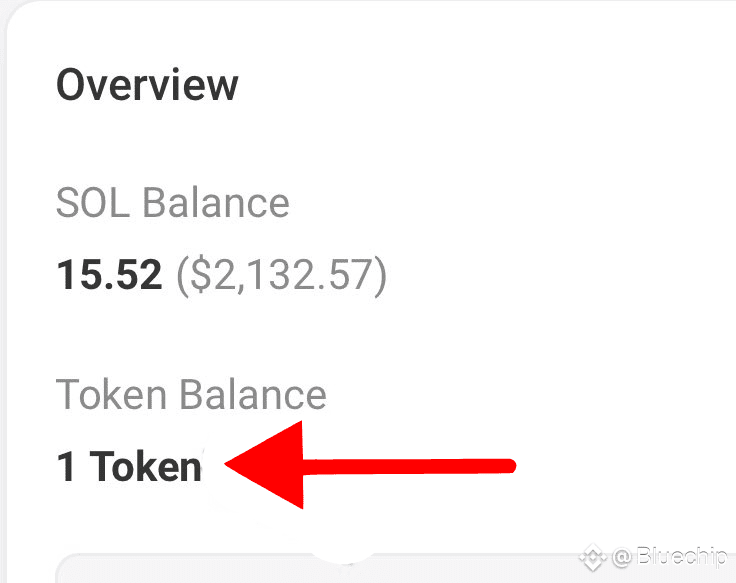
10 / For the past months, it became more common for some pumpfun coins to instantly graduate.
How it works is a number of wallets, usually controlled by one person, buts the entire supply the exact moment of launch in order to both control the supply.
So now, lets say when you check a coin at dex screener, you won’t see this part.
So you can simply copy the CA and find it on pumpfun and check the “trades” section.
You will see just “BUY” with barely little to no sell.
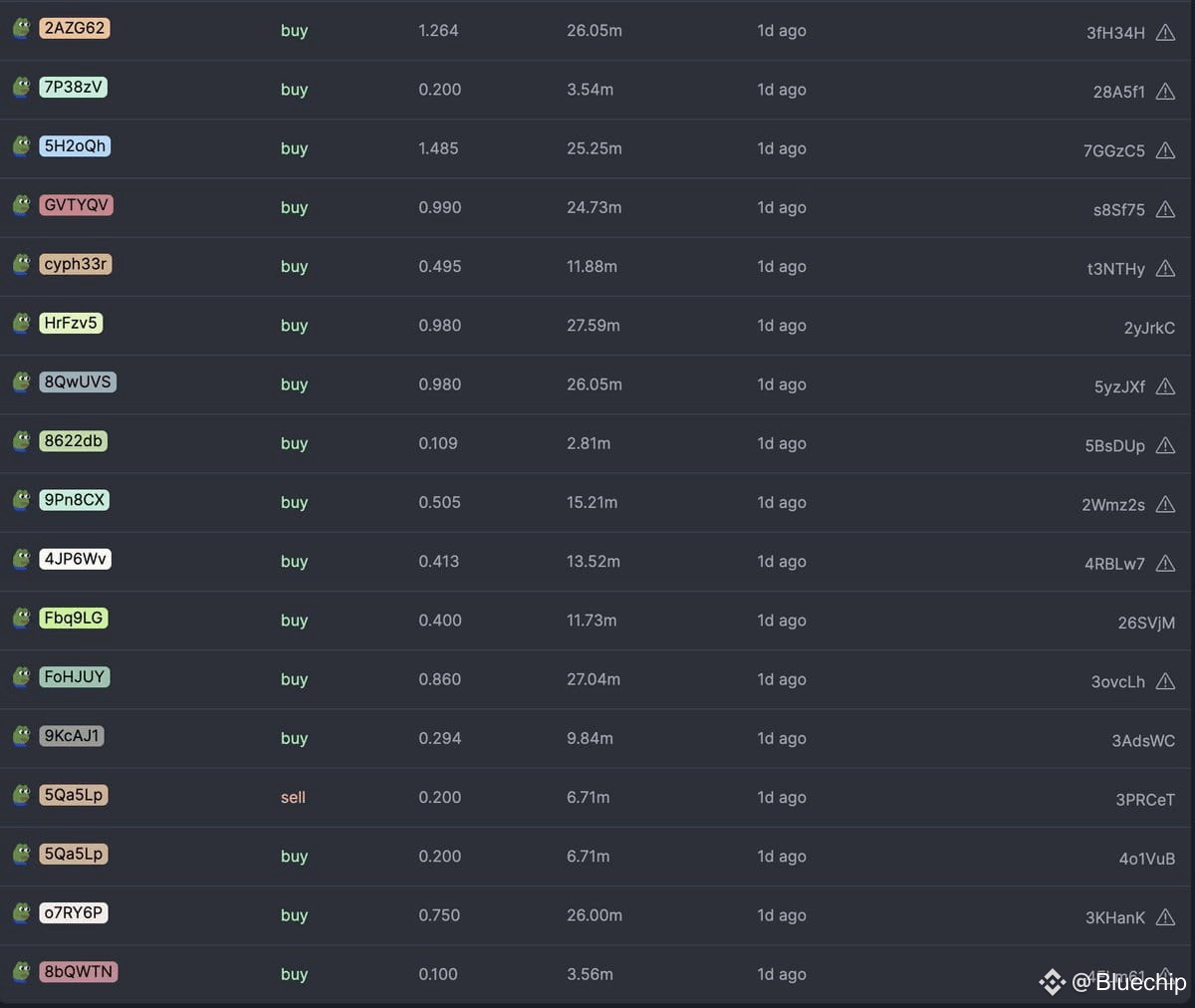
11 / These coins almost always have fake or lazy socials.
You’ll check their Twitter — and it just links to a random tweet, not even a real profile.
Or they’ll list a “website” — but it just redirects to some random article on a news site.
No actual site. No real info. Just noise.

12 / On DexScreener, scroll down on any token page until you see “Search on Twitter.”
Use it to quickly look up the token by contract address or ticker.
Here’s the catch:
Coins that pump to tens of millions in market cap and then dump usually have almost no real community — just a few random accounts tweeting about them.
That’s your red flag.
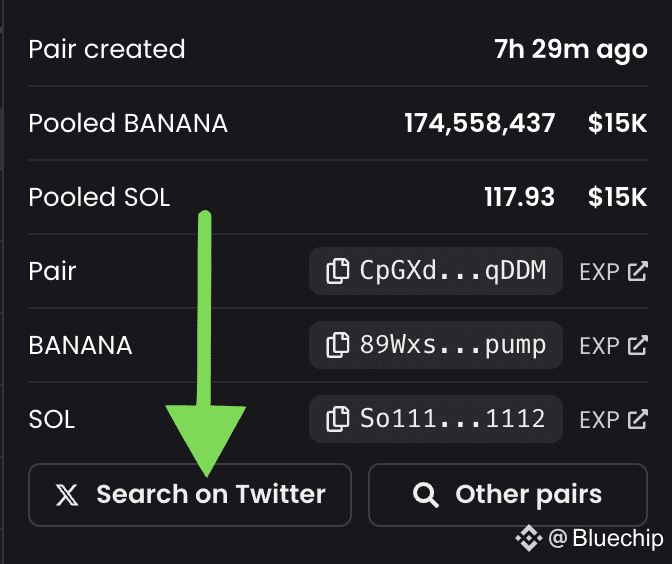
13 / Over time, you’ll start recognizing these patterns instantly.
At first, you might spend a few minutes researching each coin — but with consistency, you'll reach a point where you can spot red flags in seconds.
It's all about building muscle memory through those "boring" research tasks.
Repeat them until it becomes second nature — your brain will adapt.
14 / Remember, you're investing real money.
This isn't a game.
Do the work.
Do the research.
Even when it feels boring.
And if you want to level up — get comfortable with Solscan.
Learn to track wallets, follow transactions, and read on-chain data like a pro.
📌 Follow @Bluechip for unfiltered crypto intelligence, feel free to bookmark & share.


